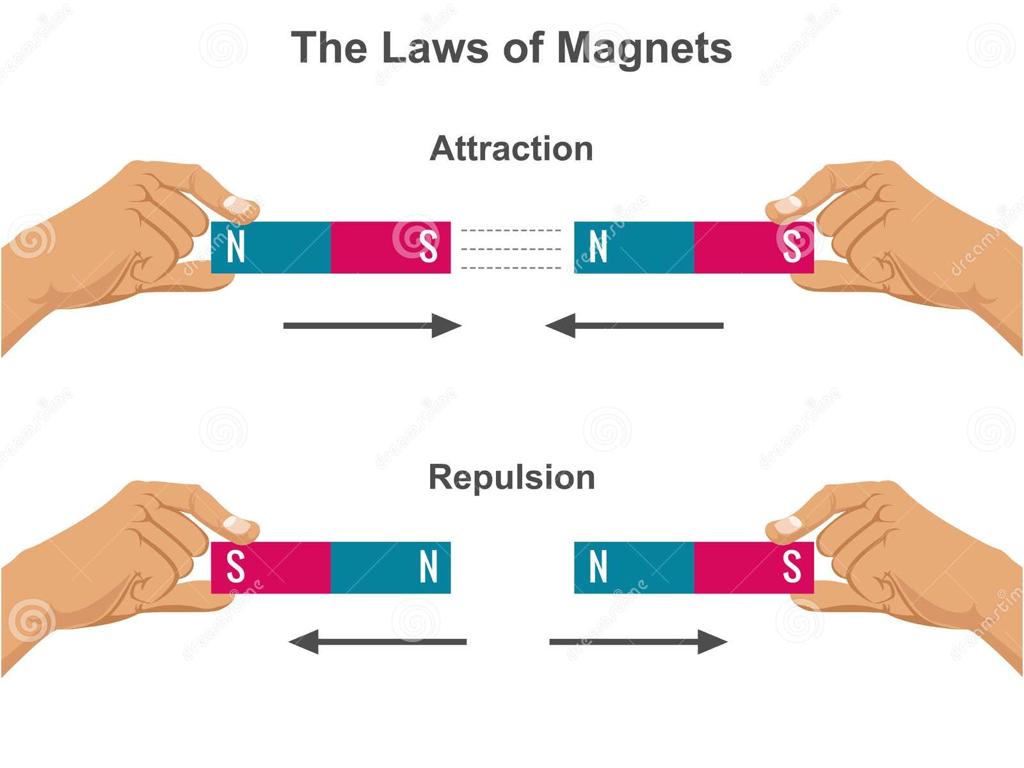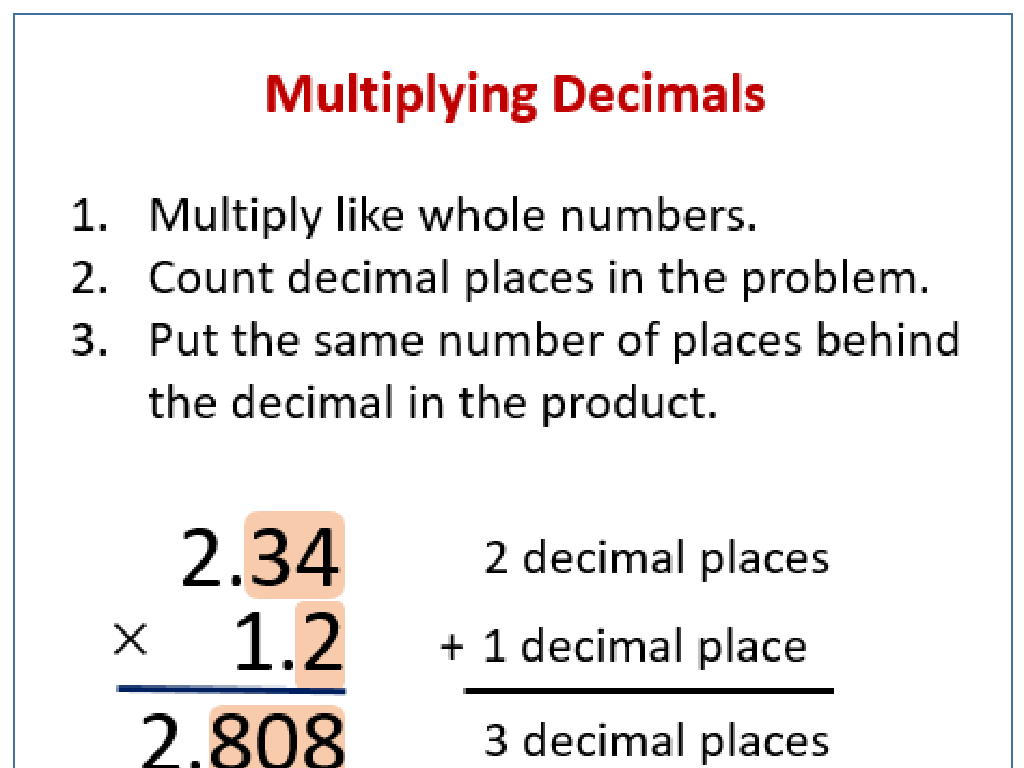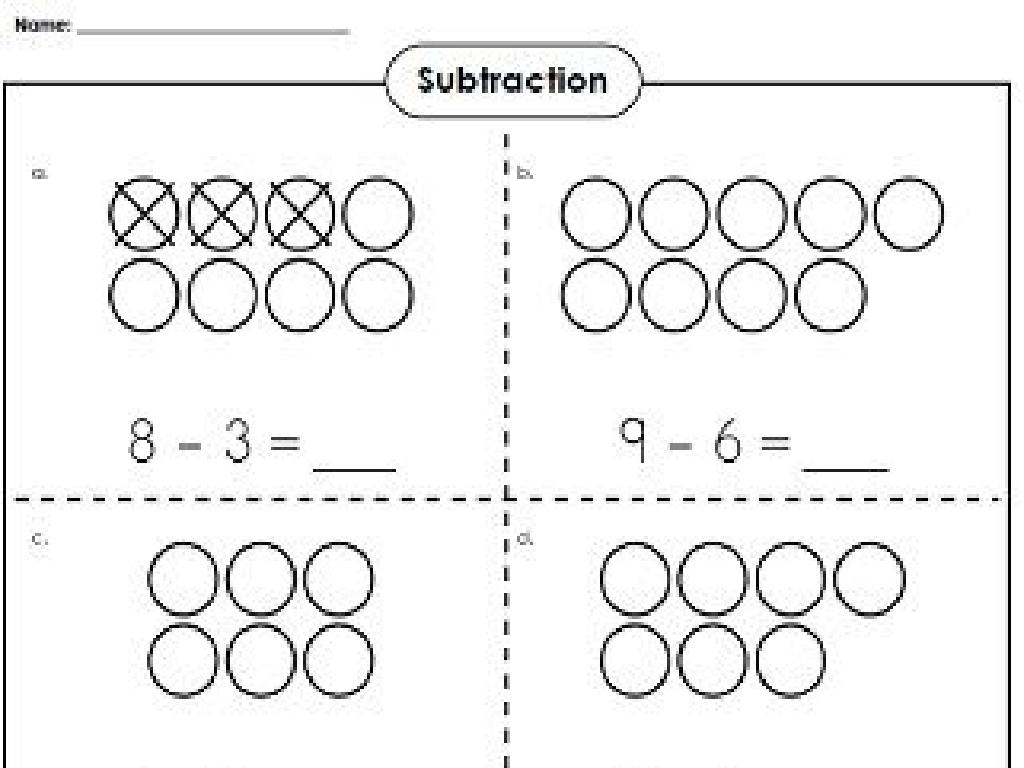Choose Metric Units Of Mass
Subject: Science
Grade: Fourth grade
Topic: Units And Measurement
Please LOG IN to download the presentation. Access is available to registered users only.
View More Content
Metric Units of Mass
– Explore measurement units
– Importance of measurement
– Measurements help in science experiments and cooking recipes.
– Focus: Metric units of mass
– Learn grams and kilograms
– Examples of mass measurement
– A bag of rice is measured in kilograms, while a paperclip is measured in grams.
|
This slide introduces the concept of measurement and its significance in both scientific contexts and everyday life. Emphasize the role of measurement in obtaining accurate and consistent results in experiments and in performing daily tasks such as cooking. Today’s lesson will focus on metric units of mass, specifically grams and kilograms, which are standard units of mass in the metric system. Provide examples to illustrate the use of these units, such as using kilograms to measure heavier objects like a bag of rice and grams for lighter items like a paperclip. Encourage students to think of other examples of objects and their approximate weights to enhance their understanding of mass measurement.
Understanding Mass in Metric Units
– Mass: Measure of matter
– Mass is how much stuff is in an object.
– Mass vs. Weight: They differ
– Mass is constant; weight can change with gravity.
– Mass measured in grams, kilograms
– Small objects are in grams, big ones in kilograms.
– Using ‘g’ and ‘kg’ in real life
– For example, a pencil is about 7g, a textbook is about 1kg.
|
This slide introduces the concept of mass as a measure of the amount of matter in an object, which is different from weight. Weight is the force exerted by gravity on an object and can change depending on where you are in the universe, while mass remains the same. Mass is measured in grams and kilograms within the Metric System, with grams being suitable for small objects and kilograms for larger ones. Use relatable examples to help students grasp the concept of mass and its measurement. For instance, a pencil can be used to represent an object measured in grams, while a textbook can represent an object measured in kilograms. Encourage students to think of other examples and to bring items from home for a hands-on activity in the next class.
Understanding Metric Units of Mass
– Common units: grams, kilograms
– Smaller objects are measured in grams, while larger ones use kilograms.
– Conversion: grams to kilograms
– Remember, 1,000 grams is equal to 1 kilogram.
– Measuring mass with a scale
– Use a scale to find how heavy an object is.
– Practice: real-life examples
– Bring items from home to weigh and convert.
|
This slide introduces students to the metric units of mass commonly used in science: grams and kilograms. Emphasize that grams are used for small objects and kilograms for larger ones. Demonstrate how to convert between grams and kilograms, ensuring students understand that 1,000 grams make up 1 kilogram. Show how to use a scale to measure the mass of objects. For practical understanding, encourage students to measure items they’re familiar with and convert the measurements between units. This hands-on activity will help solidify their understanding of metric mass measurements.
Choosing the Right Metric Unit of Mass
– Understanding grams and kilograms
– Grams are for light objects, kilograms for heavy
– When to use grams vs. kilograms
– Use grams for small items, kilograms for larger items
– Examples: pencil vs. backpack
– A pencil is light (grams), a backpack is heavier (kilograms)
– Practice: Estimate and choose units
– Guess the mass of objects and decide: grams or kilograms?
|
This slide introduces students to the concept of measuring mass using metric units, specifically grams and kilograms. Start by explaining that grams are used to measure lighter objects and kilograms for heavier ones. Provide relatable examples: a pencil is light enough to be measured in grams, whereas a backpack, being heavier, is measured in kilograms. Engage the class with hands-on practice by having them estimate the mass of various classroom objects and decide whether to use grams or kilograms. This activity will help solidify their understanding of when to use each unit and how to choose appropriately based on the object’s weight.
Reading Scales: Understanding Mass
– Learn to read different scales
– Scales can be digital or analog. We’ll learn both!
– Practice using virtual scales
– We’ll use online tools to simulate scale reading.
– Guess classroom items’ mass
– Pick items around us and estimate their mass.
– Discuss our guesses together
– Why do you think your item weighs that much?
|
This slide introduces students to the concept of reading scales to measure mass, an important skill in science. Start by explaining the two main types of scales: digital and analog. Show examples of each type and demonstrate how to read them. Then, guide students through interactive virtual scale activities to practice reading measurements. For the class activity, students will estimate the mass of various classroom items before actually weighing them, fostering engagement and practical understanding of mass. Encourage students to explain their reasoning for their estimates and discuss the outcomes as a class. This hands-on experience will help solidify their grasp of measuring mass and the use of scales.
Real-life Applications of Mass Measurement
– Cooking with exact measurements
– Use grams to measure ingredients for recipes.
– Mass in science experiments
– Measure chemicals accurately for safe experiments.
– Importance of accurate measurement
– Correct measurements are key to reliable results.
|
This slide aims to show students the practical applications of using metric units of mass in everyday life. Emphasize the importance of precision in cooking and baking, where the correct amount of ingredients can affect the taste and texture of food. In science experiments, accurate mass measurements are crucial for safety and to ensure the experiment’s success. Discuss why it’s important to have accurate measurements in all aspects of life, not just in the classroom. Encourage students to think of other situations where they might need to measure mass accurately and to be mindful of the units they choose.
Class Activity: Measure and Compare Mass
– Measure classroom objects in groups
– Record the mass in grams or kilograms
– Use scales to find mass and choose g or kg based on object size
– Share findings with the class
– Discuss appropriate units of mass
– Why use grams for a pencil but kilograms for a backpack?
|
This interactive activity is designed to help students understand and apply their knowledge of metric units of mass. Divide the class into small groups and provide each group with a scale. Assign each group several objects to measure. Students should record the mass of each object, deciding whether to use grams or kilograms. After measuring, groups will share their findings with the class. Lead a discussion on why certain units are more appropriate for different objects, reinforcing the concept of scale and the practical use of mass measurements. Possible activities: measuring a book, a pencil, a chair, and a backpack. This will help students grasp when to use grams versus kilograms in real-world scenarios.
Conclusion: Metric Units of Mass
– Recap on metric units of mass
– Why correct units matter
– Using the right unit is crucial for accurate communication in science.
– Engage in Q&A session
– Ask questions about today’s lesson or any confusion about metric mass units.
– Review with examples
– Let’s go over some examples together to ensure understanding.
|
As we wrap up today’s lesson, it’s important to review the metric units of mass such as grams, kilograms, and milligrams. Emphasize the importance of choosing the correct unit when measuring mass, as it ensures clear and accurate communication, especially in scientific contexts. Encourage students to ask questions during the Q&A session to clarify any doubts. Conclude with a few examples, such as comparing the mass of a pencil (in grams) versus the mass of a textbook (in kilograms), to reinforce the concept. This will help solidify their understanding and prepare them for real-world applications.
Homework: Exploring Metric Mass
– Complete the mass worksheet
– Convert units in practice problems
– Practice changing grams to kilograms and vice versa
– Bring an item and note its mass
– Use a kitchen scale to measure, like a bag of rice
– Share your item’s mass in class
– Be ready to discuss how you measured it
|
This homework assignment is designed to reinforce the lesson on metric units of mass. The worksheet will provide practice problems for students to convert between different units, such as grams (g) and kilograms (kg), helping them understand the concept of mass and its measurement. Additionally, by bringing an item from home and noting its mass, students will engage in a practical application of the lesson. This activity will help them relate the abstract concept of mass to real-world objects. Encourage students to be prepared to share how they measured the mass and what unit they used. This will foster a discussion on the importance of accuracy and the relevance of using metric units in everyday life.





